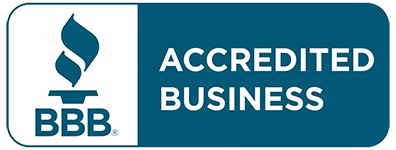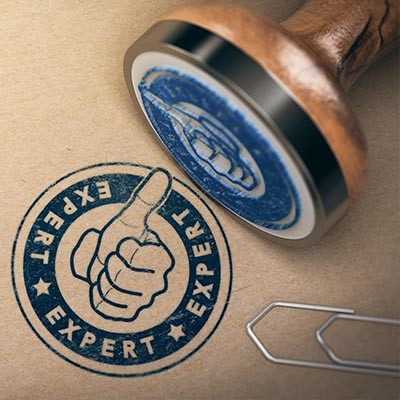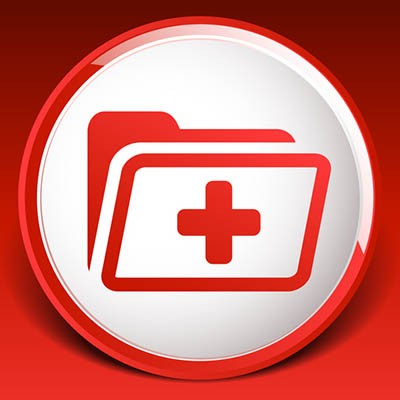Manufacturing products is still a major part of the western economies; and, like other businesses, manufacturers are using information technology to fuel and manage their supply chains and business processes. We’ll take a short look at what IT manufacturers use, and how it helps them forge their business ahead.
Telesys Voice and Data Blog
Microsoft Word’s massive cache of options and its relative ease of use are two of its defining characteristics. This presents organizations and users alike with a large set of different ways they can set up the word processor. Today, we will take you through Word, providing tips on how to change these settings so that you can get the most out of it.
Unfortunately, one of the most effective defenses against phishing attacks has suddenly become a lot less dependable. This means that you and your users must be ready to catch these attempts instead. Here, we’ll review a few new attacks that can be included in a phishing attempt, and how you and your users can better identify them for yourselves.
When we write about Net Neutrality, we typically write about how it is designed to keep the telecommunications conglomerates, who make Internet service available to individuals on the Internet, honest when laying out their Internet service sales strategy. One way to put it is that without net neutrality in place, the Big Four (which are currently Comcast, Charter, Verizon, and AT&T) have complete control over the amount of Internet their customers can access.
For a moment, I want you to stop and consider something: Who do you turn to when your business’ toilets suddenly stop working? Who do you call for when the lights stop working? Most likely, an expert… so if you turn to the pros for these needs, why would you do anything different for your IT?
It isn’t as though we haven't said this before but leveraging a VoIP (Voice over Internet Protocol) solution over a traditional business telephone system can bring your organization a few very clear benefits. Many of these benefits come from the advanced features that VoIP offers as add-ons. We’ll discuss a few of these features and their advantages.
There will never be a time that we are not committed to improving the security of businesses. To continue striving for this goal, we’re dedicating this week’s tip to describing some solutions that can assist in locking a business and its data down.
Technology plays an integral part in just about all modern businesses in some way, shape or form. Without a place to purchase devices, however, no one can reap the benefits of them. Some businesses are vendors that provide organizations with these devices. In a sense, they act as the middle man between the producer and the consumer, acquiring devices for sale to businesses and users alike. In this way, vendors are critical for every single business.
Chances are you have a Google account, whether it’s for business or personal use. It’s more accessible today than ever before and provides a solid way to gain access to several important features and accounts. Considering how much can be done with a Google account, users forget that they can put their security and personal data at risk. Here are some ways that your Google account is at risk, as well as what you can do to fix it.
The funny thing about some documents is how the data written on them can strongly influence how important they are. If, for instance, there were two pieces of paper on a table, there is objectively no difference between the two, and so they are objectively equivalent in value.
Even if we’d like it to last forever, business technology can’t possibly do so for a number of reasons. Due to the fact that businesses and their technology are constantly upgrading and changing, it’s almost a certainty that you’ll have to upgrade your technology at some point, whether it reaches its end-of-life event or just simply becomes obsolete for your organization. In fact, failing to update your infrastructure from time to time can have serious negative side-effects for your business.
The modern office is filled with distractions, and that’s to say nothing about the everyday user’s life. With so many devices and notifications interrupting focus for users all over the world, it’s more important than ever before to have a strategy for how to deal with these issues and become as productive as possible in the workplace. Today, we’ll be discussing some of the biggest distractions in the workplace and how your employees can overcome them.
You might hear the term “zero-day” when discussing security threats, but do you know what they actually are? A zero-day threat is arguably one of the most devastating and dangerous security issues your business could face, and if you’re not prepared, they could be the end of it.
More small businesses today depend on their IT. If that technology isn’t working as intended, it can really stymie an organization’s ability to be effective. Our strategy of managed IT support and services can do quite a bit towards keeping a business running efficiently. Today, we’ll take a look at managed IT to see how proactive monitoring can deliver enhanced efficiency to businesses.
Understanding what your customers need is a crucial first step toward improving the way your organization communicates with them. They expect a certain level of service, so how can you make sure to maintain it while still leveling with them on what they require of your business? A customer relationship management software, or CRM, is invaluable toward this end.
The Internet is home to a vast amount of knowledge. Undoubtedly you’ll find yourself revisiting certain sites more often than others to take advantage of the information contained within. Thankfully, the bookmark system is a great way to make this happen, giving users an easy and efficient way to navigate back to frequently-visited websites.
Managed IT services can present a lot of benefits for small businesses. Since not many smaller businesses can afford to staff expert IT technicians, managed IT services are an attractive alternative that allows an organization to get the IT support and management they need to keep their business running efficiently. Today, we’ll go over all the benefits a managed service provider can present a small business,and just how a MSP delivers significant returns on your IT support investments.
The medical field has spawned all kinds of new technology that takes patient care to the next level. Regulations demand that even smaller practices need to make the jump to electronic medical record systems (also known as electronic health records). These EMR/EHR solutions provide an interface that give providers and patients a way to keep themselves connected to each other--a tool to promote a more efficient delivery method for these services. We’ll take a look at these EMR and EHR solutions that are hosted in the cloud, giving your organization more information to make an educated choice on implementing this software.
The term “hacker” is possibly one of the best-known technology-related terms there is, thanks to popular culture. Properties like The Girl with the Dragon Tattoo and the Die Hard franchise have given the layman a distinct impression of what a hacker is. Unfortunately, this impression isn’t always accurate. Here, we’ll discuss what real-life hackers are like, and the different varieties there are.
Children are the future, as the saying goes, so do we really want the future to be taught using tools from the past? While some schools are still using technology that better belongs in the 20th century, others are embracing innovation and teaching in ways that better translate to the “real world.” Let’s take a look at how our evolving technology is transforming the classroom and explore some ways to get it to more students.
Mobile? Grab this Article!
Tag Cloud




















